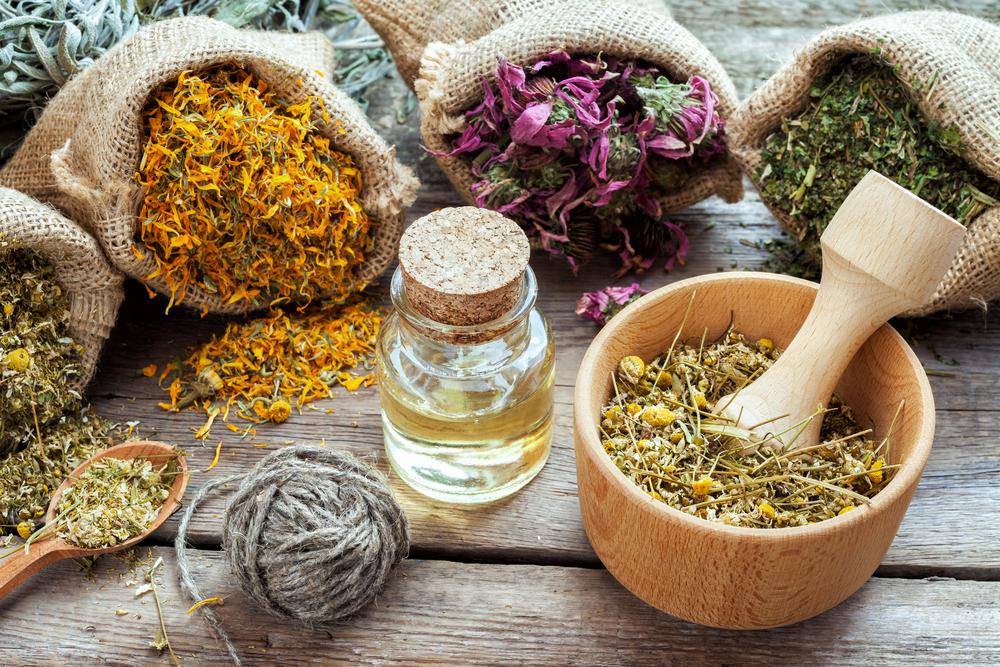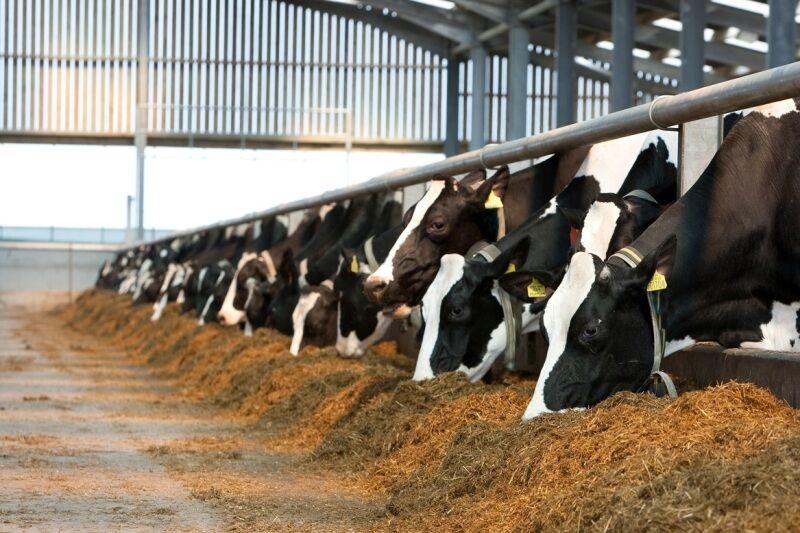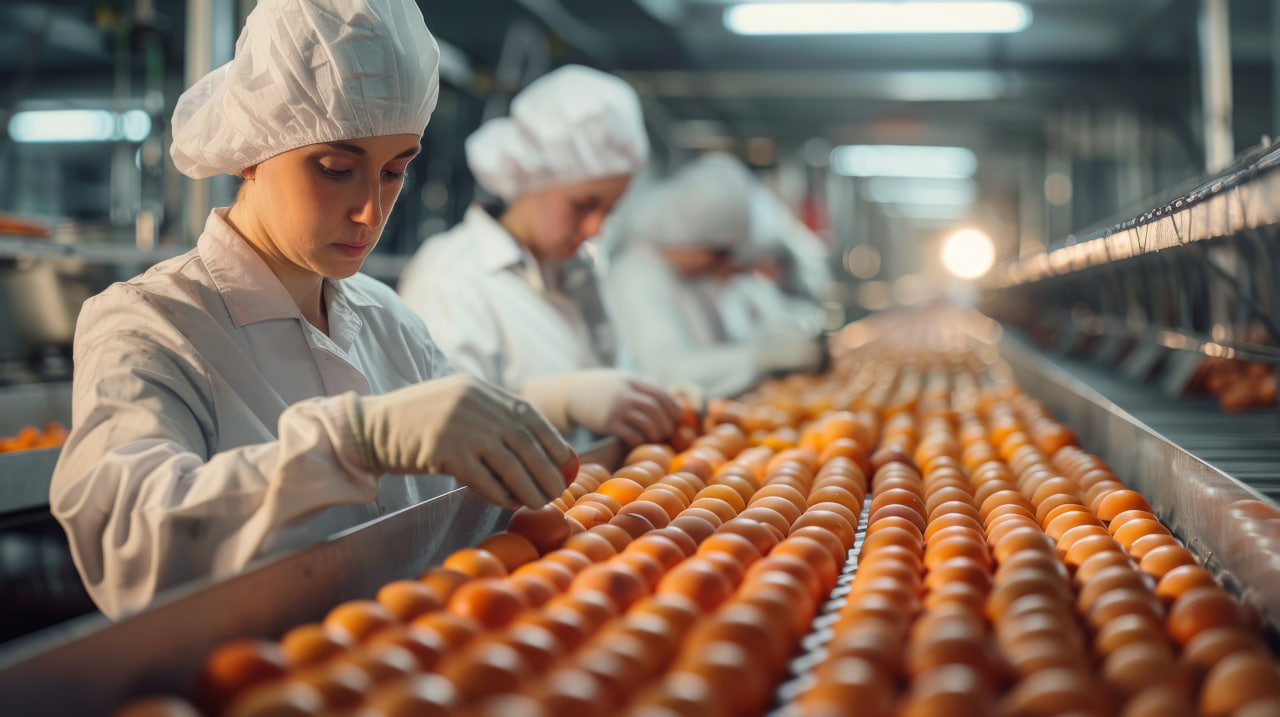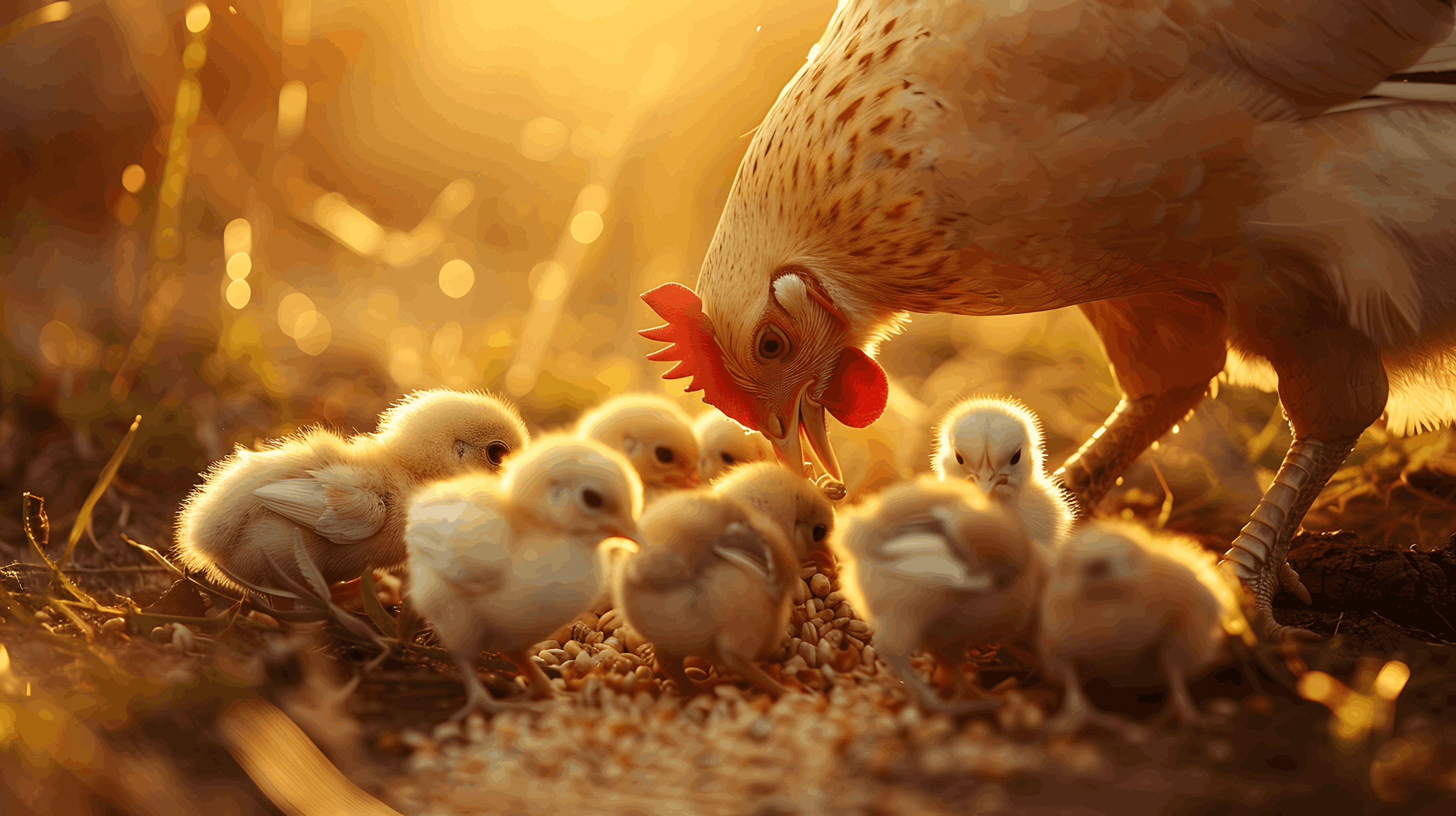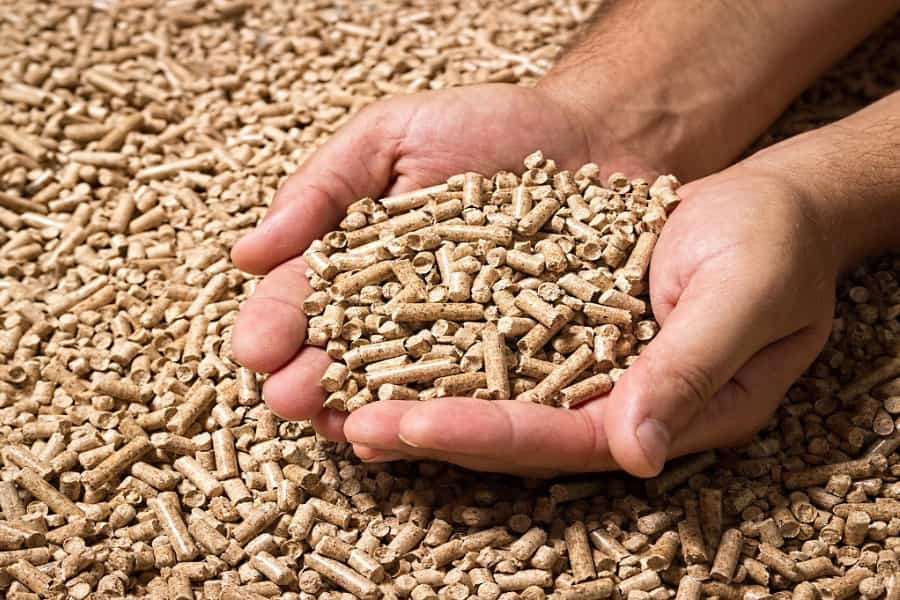The first light and heavy livestock refinery
With population growth and evolving lifestyles, the need for a sustainable and sanitary supply of red meat and livestock by-products is increasingly felt. In this regard, establishing a light and heavy livestock processing plant with a capacity of 1,000 head of light livestock and 100 head of heavy livestock is a significant step towards optimizing the meat production chain, reducing waste, enhancing efficiency, and maximizing the utilization of livestock by-products.
This processing plant, in addition to slaughtering and meat packaging, will feature specialized units for cutting and packaging, production of bone gelatin, processing of blood and plasma, production of surgical sutures from intestines, processing of hides and wool, and the production of sausages and cold cuts. This innovative project, leveraging modern technologies, sanitary standards, and novel industrial management methods, will play a crucial role in improving the efficiency of the livestock industry and reducing the country’s dependence on imports of livestock by-products.
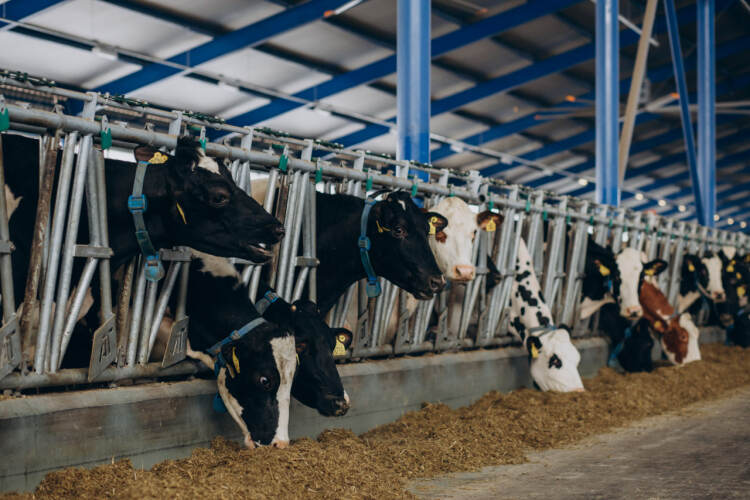
1. Rationale for Establishing a Light and Heavy Livestock Processing Plant
* Improvement of the meat and livestock by-product supply chain
* Optimal utilization of waste and its conversion into valuable products
* Reduction of the country’s dependence on imports of gelatin, blood powder, surgical sutures, and other livestock by-products
* Increased economic efficiency of the livestock industry through comprehensive livestock processing
* Job creation and industrial development in the region
Currently, in Iran, a significant amount of livestock waste is discarded without proper processing, whereas in developed countries, these materials are utilized to produce high-value-added products such as gelatin, surgical sutures, blood powder, sausages, and cold cuts. The livestock processing plant, by creating a complete production cycle, converts all parts of the livestock into valuable products.
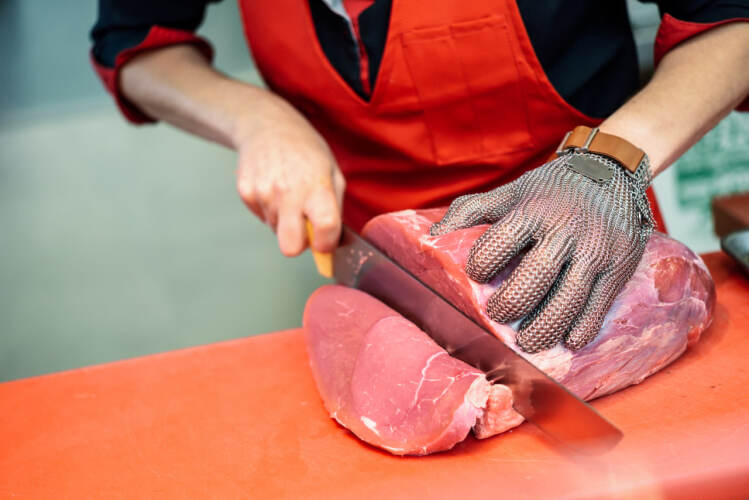
2. Capacity and different parts of the refinery
Production Capacity:
* Slaughtering and processing 1,000 light and 100 heavy livestock daily
* Annual Meat Production Capacity: More than 20,000 tons
*Production of high-value-added by-products from animal waste
Main parts of the refinery:
1. Meat Cutting and Packaging Unit
2. Bone extraction unit and production of bone gelatin
3. Blood processing unit: production of plasma and blood powder
4. Intestinal processing unit: medical suture thread production
5. Sausage production unit
6. Skin and wool processing unit
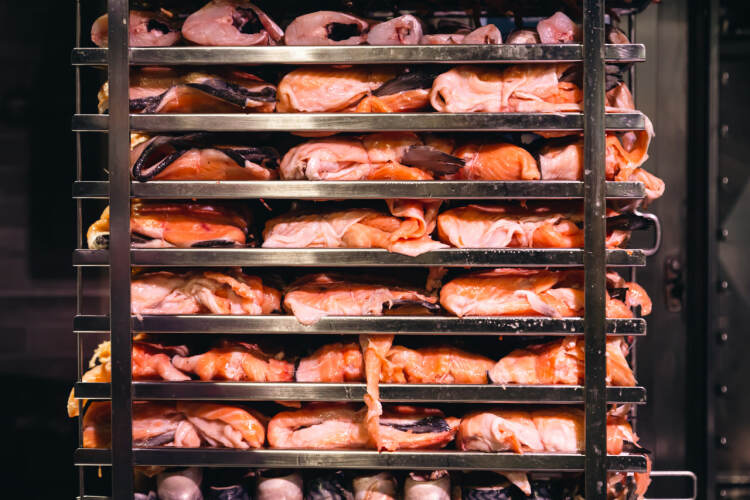
3. Details of processing in different parts of the refinery
3.1. Meat Cutting and Packaging Unit
* Carcass separation and hygienic packaging of red meat
* Increasing the shelf life of meat through vacuum packaging
* Creating added value through the supply of meat in various packages for the domestic market and export
3.2. Bone extraction and gelatin production unit
* Processing livestock bones and converting them into edible and industrial gelatin
* Use in the food (desserts, confectionery) and pharmaceutical industries (gelatin capsules)
* Replacing gelatin imports with domestic production
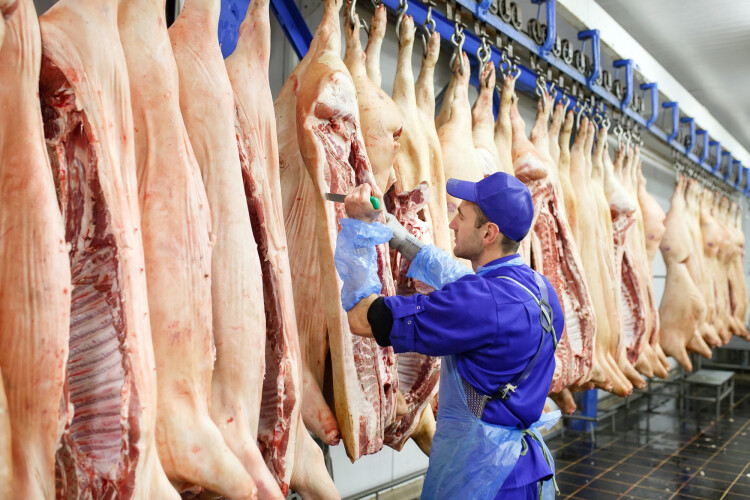
3.3. Blood Processing Unit: Production of Plasma and Blood Powder
* Extraction of plasma from animal blood for use in the pharmaceutical and food industries
* Production of Blood Powder for Use in Livestock and Poultry Feed (Rich Protein Source)
3.4. Intestinal processing unit: production of medical suture thread
* Processing of livestock intestines and converting them into natural suture threads for medical use
* Replacing the import of natural suture thread and developing the medical equipment industry
3.5. Sausage production unit
* Using red meat to produce processed meat products
* High hygiene standards and production of products without harmful preservatives
3.6. Leather and wool processing unit
* Converting Animal Skins into Natural Leather for Bag, Shoe and Garment Industries
* Wool processing for use in textile and yarn production industries
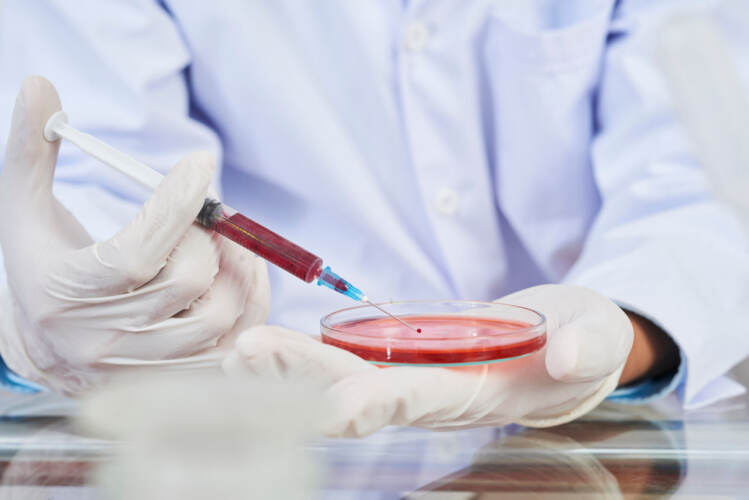
4. Economic and industrial advantages of livestock refinery
4.1. Reducing Waste and Increasing Productivity
* Converting all livestock components into marketable products, reducing waste of resources
* Increasing the income of livestock farmers through complete processing of livestock
4.2. Reducing Dependence on Imports and Developing Exports
* Import Replacement of Gelatin, Blood Powder, Suture Thread and Processed Leather
* Increasing the export of packaged meat products
4.3. Job Creation and Regional Development
* Direct and indirect employment for hundreds of people in the region
* Development of livestock processing industry in the country

5. Potential Challenges and Solutions
Challenges:
* Problems of supplying live animals for daily slaughter
* The need for a high initial investment to set up the refinery
* Development of export markets for livestock by-products
Solutions:
* Creating a supply chain for light and heavy livestock from domestic livestock farmers
* Attracting public and private investment to finance the project
* International Marketing and Cooperation with Exporting Companies

Conclusion
The light and heavy livestock refinery with a capacity of 1,000 light livestock and 100 heavy livestock is a national project in order to modernize the livestock industry, increase productivity and reduce livestock waste. The production of high-value-added by-products such as gelatin, suture thread, blood powder, leather and sausages, and sausages, not only supplies the domestic market, but also has a high capacity for export.
This refinery can be an industrial model for other regions of the country and contribute to the sustainable development of the animal husbandry and animal processing industry.
With the implementation of this project, Iran can become one of the main players in the region in the production of meat products and by-products.
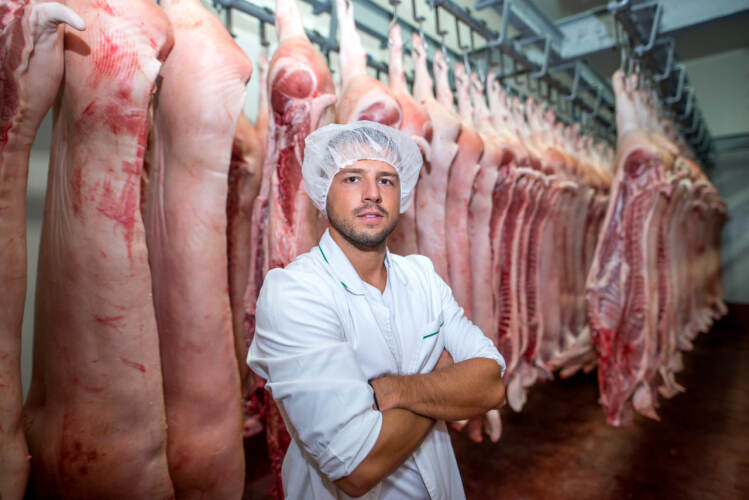
Silk Road New, relying on the knowledge of Iranian elites and utilizing domestic capacities, aims to create a sustainable transformation in the country’s economy. It always considers food security and sustainable development as its main priorities.
About the Company

Follow us on social media!!
Menu
Contact Us




